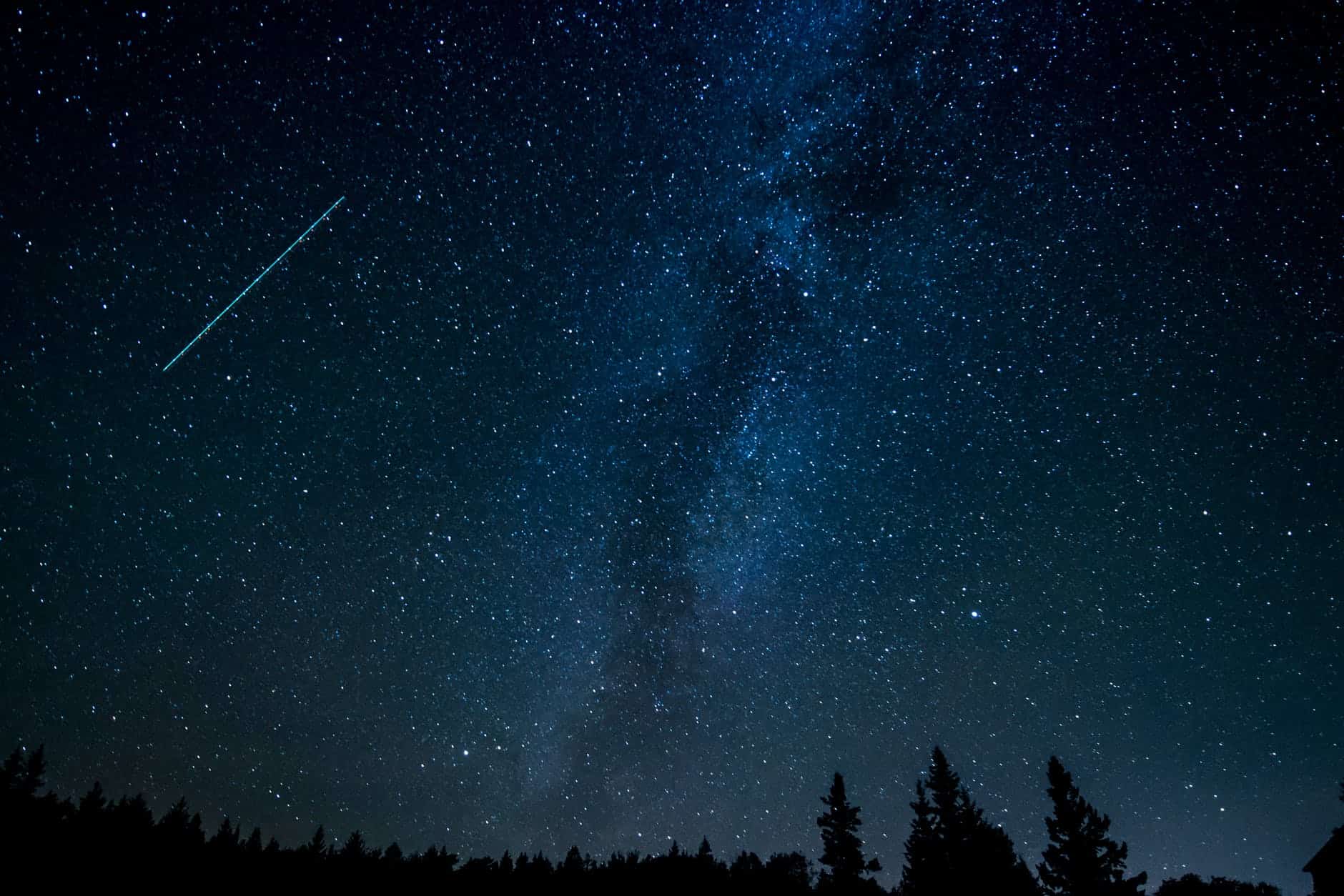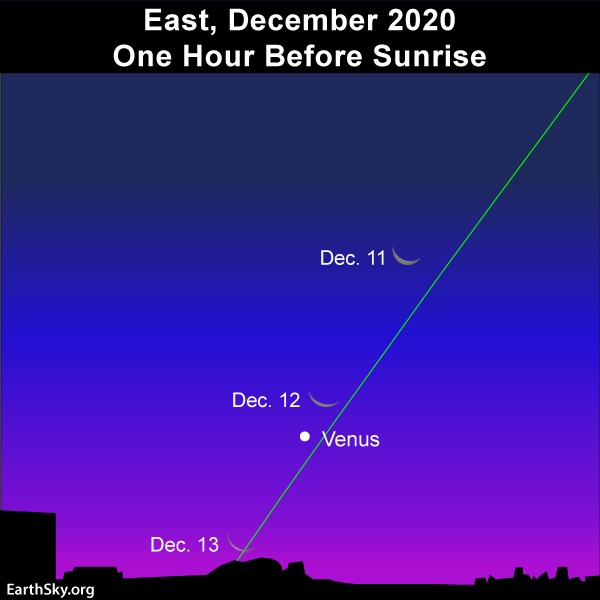A breathtaking meteor shower will be visible this weekend
Published December 11, 2020 at 11:09 pm

Look up to the skies for a rare and pretty sight this weekend (weather permitting)!
The Geminid meteor shower, which is a highlight of the meteor year, is expected to peak on the night of December 13 to 14 — but you’ll be able to get a glimpse on Friday and Saturday night as well, according to EarthSky.
“The Geminids are a very reliable shower if you watch at the best time of night, centered on about 2 a.m. for all parts of the globe, and if you watch in a dark sky,” EarthSky reports.
“The meteors tend to be bold, white and quick. This shower favors Earth’s Northern Hemisphere, but it’s visible from the Southern Hemisphere, too.”
On a dark night near the peak, you may be able catch 50 or more meteors per hour.
As for why the Geminids are best around 2 a.m., EarthSky explains it’s because that’s when the shower’s radiant point — the point in our sky from which the meteors seem to radiate — is highest in the sky.
“And — on December 11, 12 and 13, 2020 — after a night of meteor-watching, the slender lunar crescent and dazzling planet Venus will rise into your eastern sky at or near dawn,” according to EarthSky.

Planning to watch the skies? Here are EarthSky’s 6 tips for meteor watchers:
- The most important thing, if you’re serious about watching meteors, is a dark, open sky.
- Watch at the peak time of night, around 2 a.m. (or later) for all parts of the globe.
- When you’re meteor-watching, it’s good to bring along a buddy. Then two of you can watch in different directions. When someone sees one, call out “meteor!” This technique will let you see more meteors than one person watching alone will see.
- Be sure to give yourself at least an hour of observing time. It takes about 20 minutes for your eyes to adapt to the dark.
- Be aware that meteors often come in spurts, interspersed with lulls.
- Special equipment? None needed. Maybe bring a sleeping bag to keep warm. A thermos with a warm drink, and a snack, is always welcome. Plan to sprawl back in a hammock, lawn chair, pile of hay or blanket on the ground. Lie back in comfort, and look upward. The meteors will appear in all parts of the sky.






